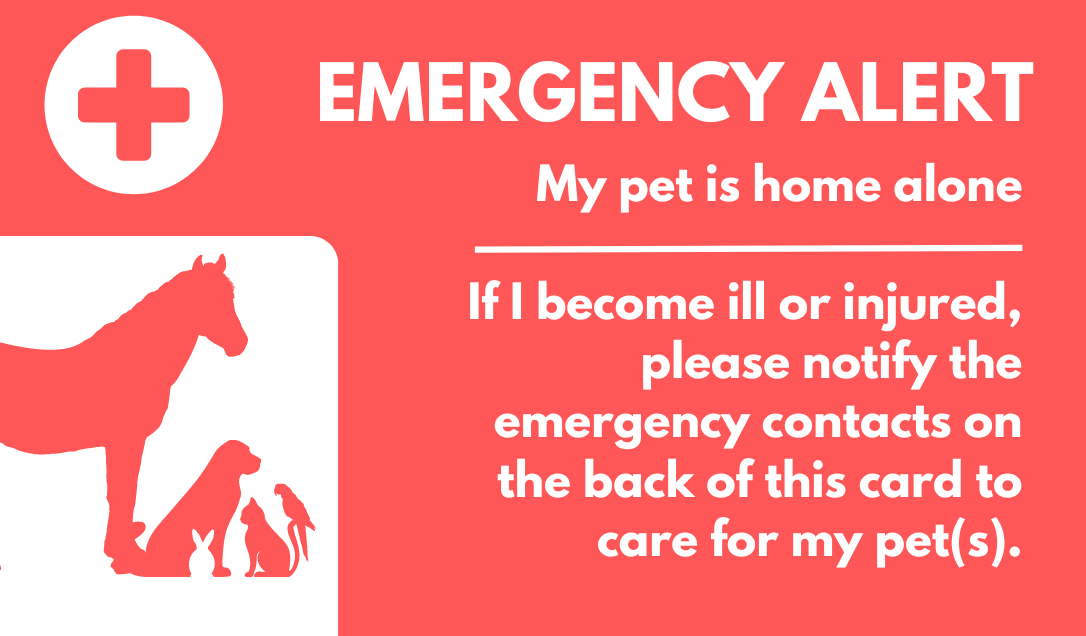Should I Deed My Property to My Children and Retain a Life Estate?
by Olivia Wann
A life estate deed is a form of estate planning in Tennessee. An attorney would prepare a quit claim deed to transfer your real estate to your children and you retain a life estate. This means that you, as the life tenant, retain the right to live on the property until your death. You pay the taxes, the insurance and the maintenance. If you rent the property, you keep the proceeds.
On death, the real estate automatically transfers to the remainder interest holder, in this case your children without probate.
What are the pros of a life estate deed?










